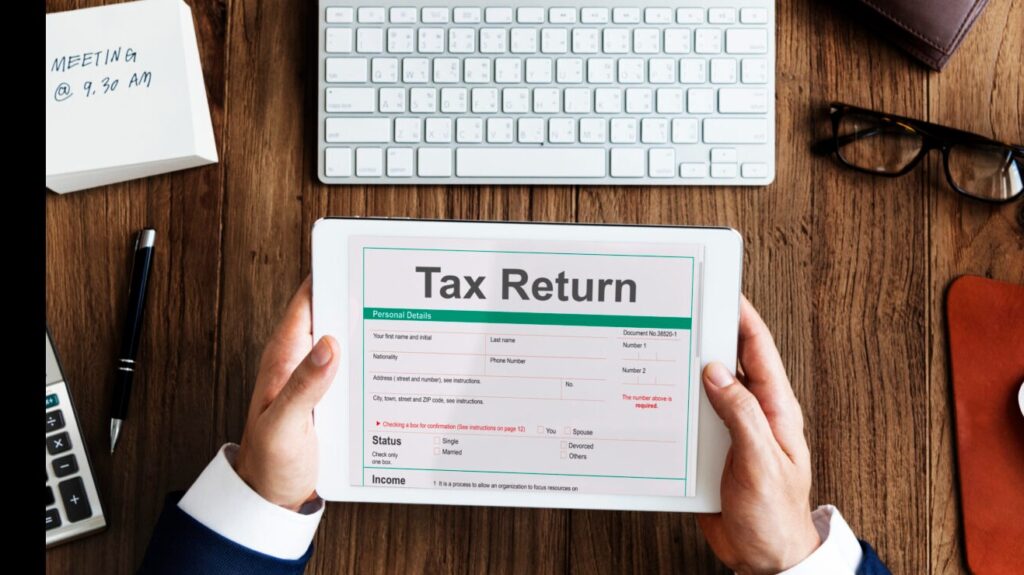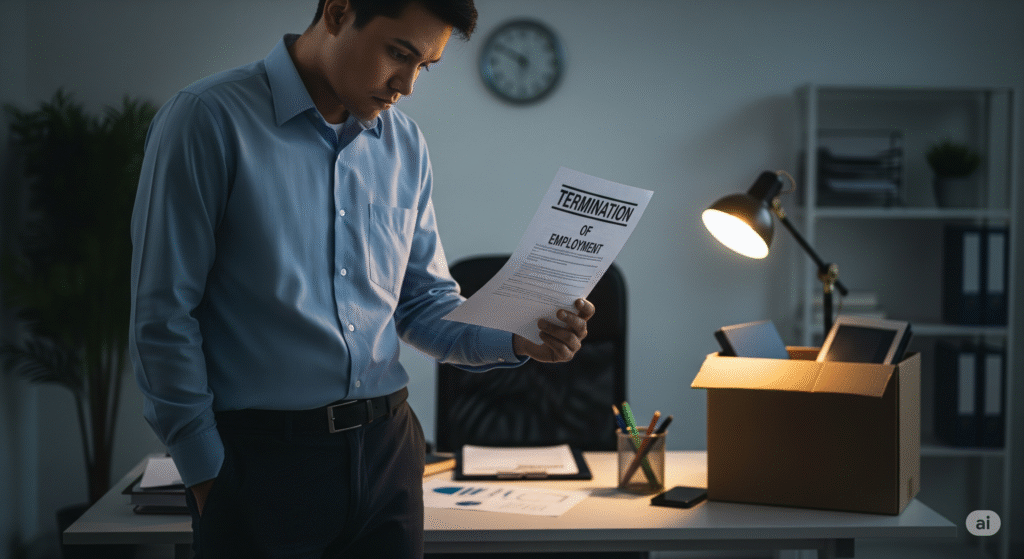Emergency Fund: How Much Should You Really Save in 2025

Suddenly you lose your job, or you get a hospital bill – are you prepared ? Life has become unpredictable. Anytime an emergency comes and at that time the biggest problem arises: “Where to get the money?”
That is why it is important for everyone to create an emergency fund. but how much money should be in the emergency fund ? ₹20,000? ₹1 lakh? Or more than that?
In this article we will tell you the simple answer to this question — with examples, tips and step-by-step guide
✅ What is an Emergency Fund?

An emergency fund is money that you keep for sudden, unexpected situations. When is it used?
You lost the job; Home or car needs to be repaired. Medical emergency, Family emergency, sudden travel, Unexpected legal or financial issue.
This money is separate from your regular budget and should only be used in real emergencies.
✅ Why You Need an Emergency Fund
Often people think – “I am still on monthly salary, what do I need?”
But in real life Companies are always able to downsize without causing health problems.
Life can change plans at any time where you have no control.
When you have an emergency fund:
✅ You do not have to resort to credit card or loan
✅ Financial stress is reduced
✅ You can handle the situation calmly
Emergency fund is your mental peace and financial freedom. You remain stress free and can focus on your future. So you should not do the money mistakes and keep focus on your savings.
✅ How Much Should You Save?
The most common rule is – save money equal to 3-6 months of your monthly essential expenses.
Step-by-step calculation:
First estimate your monthly expenses (Like : rent, groceries, bills, EMI, petrol, etc.)
Example: ₹25,000 per month; Multiply by 3 or 6:
3 months = ₹75,000 and for 6 months = ₹1,50,000
✅ Where to Keep Your Emergency Fund?

The main goal of an emergency fund is: to be safe and easily accessible. That is why one should not invest in the stock market or risky assets.
Best Options is High-interest savings account. instant access Liquid mutual funds are a slightly better option where returns are slightly higher and withdrawals can be made in 1–2 days. Short-term FD can also be used where there is a short lock-in period and more safety.
❌ Avoid: Crypto, equity stocks, ULIPs – these are not meant for emergency funds.
✅ How to Build an Emergency Fund

🔹By fixing the target:
Set the goal of your emergency fund based on your monthly expenses.
🔹Open a separate account:
Keep a dedicated savings account or liquid fund. Jahan every month there will be a few points and you will not get confused.
🔹Start with small savings:
You can even start with ₹1000/month. Consistency is important. And here is the consistency of making good money in long rum.
🔹Automate by:
Every month when the salary comes, a fixed amount should be transferred to the emergency fund — through auto-debit or SIP. SIP like – Nippon’s smallcap fund and SBI smallcap fund.
🔹Use Bonuses:
Year-end bonus, tax refund, freelance income — put a part of them in the emergency fund.
🔹Use emergency fund only in emergencies:
Don’t miss this fund for shopping or vacation. It’s your “financial safety net”.
🎯Conclusion
There is no time-table for emergencies in life. She is always there.
But if you have a solid emergency fund, you will feel financially strong and mentally relaxed.
💡 “Making an emergency fund may seem boring, but when life tests you, this boring fund will make you a hero.”
💡 Starting from today, it will be possible to start writing with a small amount. The pressure of the future can be reduced by a smart decision today.
✍️ Is your emergency fund ready?
By commenting, tell us what is your goal and if you have any questions, you can ask in the comments.
Most Recent










Pingback: 5 money mistakes we do in our 20's and its fixes
Nice post
Pingback: Jio Finance & BlackRock JV - Disruption in broking business
Pingback: AI disrupt the Global Stock Market in 2025
Your point of view caught my eye and was very interesting. Thanks. I have a question for you.
Your article helped me a lot, is there any more related content? Thanks!
Can you be more specific about the content of your article? After reading it, I still have some doubts. Hope you can help me. https://accounts.binance.com/register-person?ref=IHJUI7TF
Can you be more specific about the content of your article? After reading it, I still have some doubts. Hope you can help me.